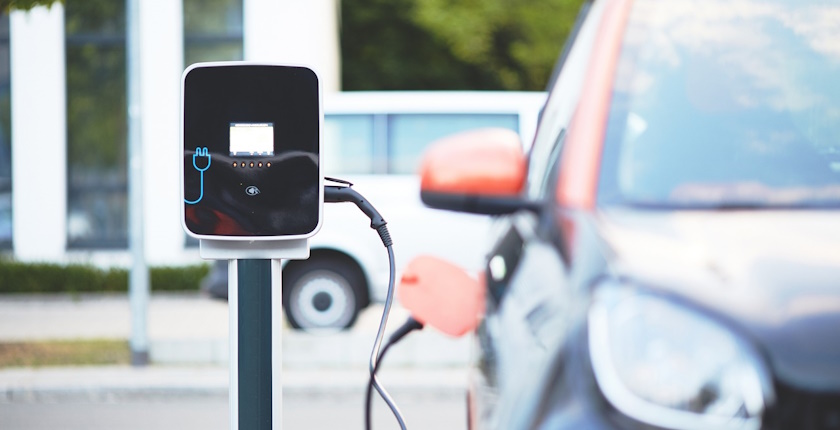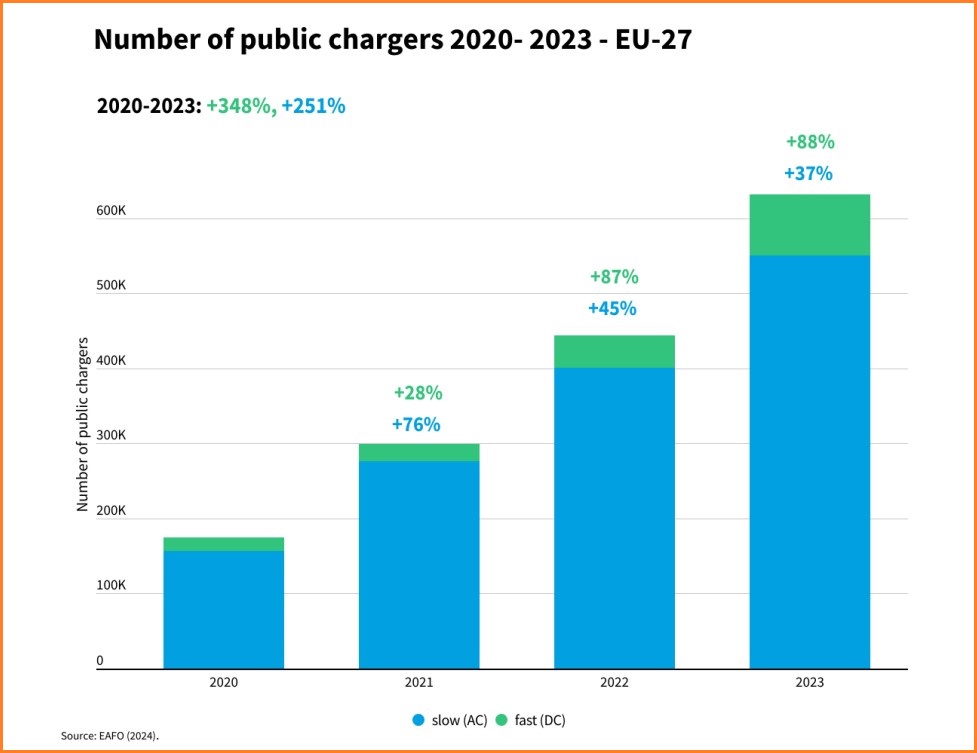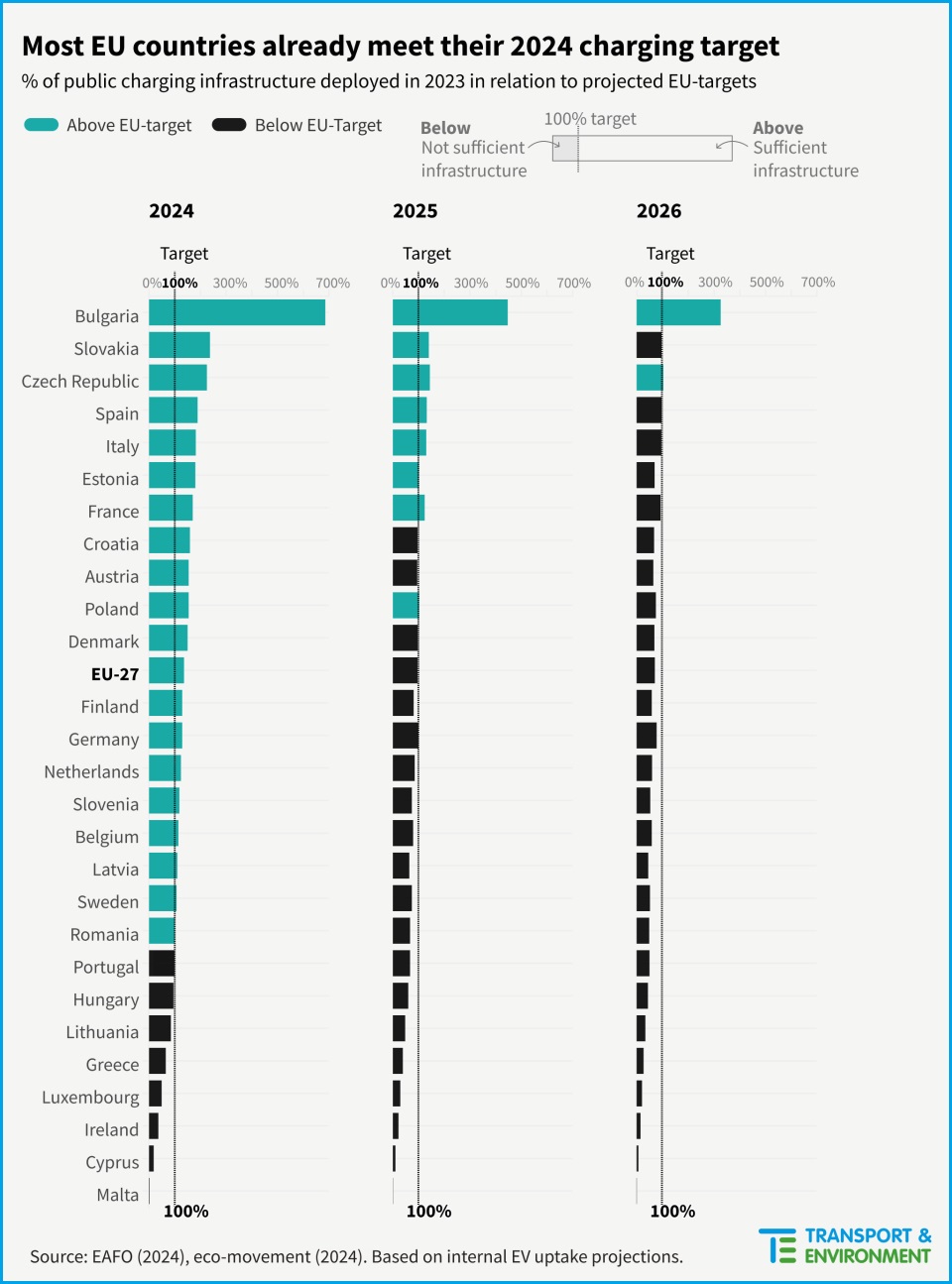
Photo: andreas160578 from Pixabay
The European Union has recorded a threefold increase in the number of electric vehicle public chargers in the last three years, according to Transport & Environment’s new analysis.
At the end of 2023, there were more than 630,000 charging points in the EU. The charging network grew faster last year than the electric vehicle fleet.
T&E said most EU countries have already met their 2024 targets for public charging infrastructure in 2023. In total, eight member states are lagging behind but, according to T&E, with good chances of achieving the goals.

Hungary, Lithuania, and Portugal will likely meet them by December 31 while Greece and Ireland have the most work to do but they can still hit the targets.
Luxembourg, Cyprus and Malta can easily achieve them with modest amounts of new EV chargers, due to the small size of their electric vehicle fleets, the analysis reads.
According to the document, even though it is repeatedly claimed otherwise, the deep east-west and north-south divide lack any basis. On the contrary, many Eastern and Southern European countries have, relative to the number of EVs on the road, more charging power available than most of their Western and Northern European counterparts, T&E added.
Fabian Sperka, the organization’s vehicles policy manager, said the lack of charging points is perceived as one of the biggest barriers to people switching to electric vehicles, but that the picture is improving fast.
“Now, governments need to go beyond the strict requirements of the EU targets if they are to convince more drivers. More capacity needs to be installed where the actual traffic is and payments should be made simpler. There also needs to be a clamp-down on broken chargers,” Sperka stressed.

New regulation entered into force on April 13
Under the EU Alternative Fuels Infrastructure Regulation (AFIR), which entered into force on April 13, each country has annual targets based on a ratio of total charging power output and the number of electric cars on the road.
In its analysis, T&E is calling on EU governments to go beyond the minimum ambition of AFIR. It is also asking them to take into account five important points:
- Anticipate where future demand for charging will occur to avoid ‘grid-locks’ along the way;
- Deploy fast-charging hubs every 60 km along main roads by 2025 – ahead of the 2030 deadline under AFIR; and extend AFIR targets to other major national roads;
- Implement the national ‘fleet-based’ charging targets in a decentralized way, so that deployment of charging follows EV uptake at regional or even provincial level;
- To fix broken infrastructure, require charge point operators to achieve a minimum uptime of at least 98% annually at public chargers.
- Limit red tape for grid operators by harmonizing permitting and administrative procedures across the EU, and by focusing public financial support where market failure occurs, eg. where infrastructure is needed but is underutilized and does not attract private investment.


















Be the first one to comment on this article.